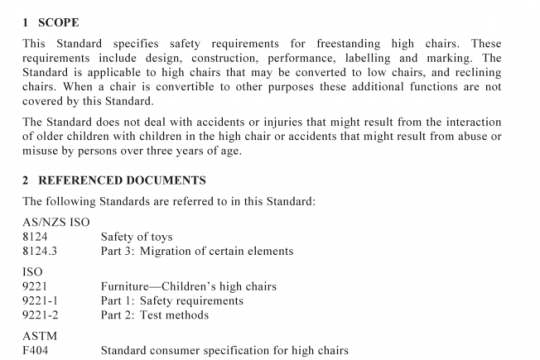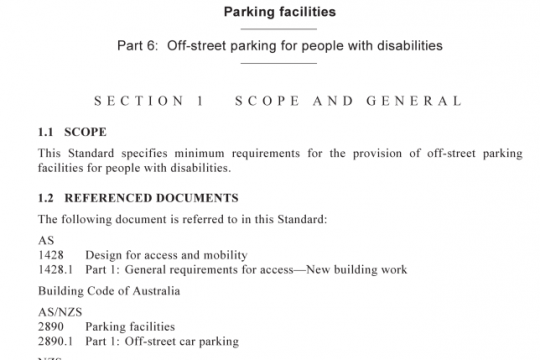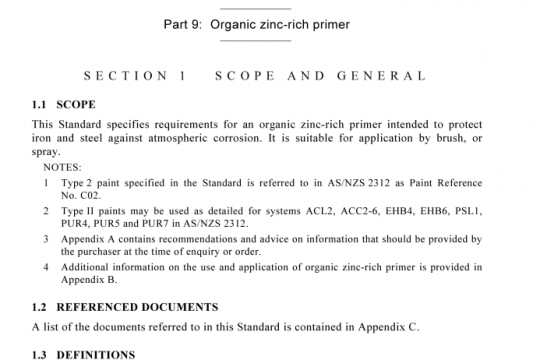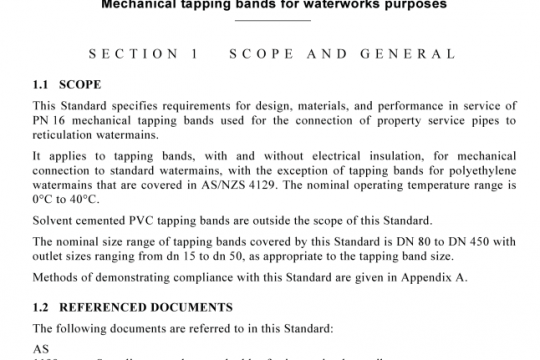AS 2758.6:2019 pdf free
AS 2758.6:2019 pdf free.Aggregates and rock for engineering purposes
The presence of quarries within an acceptable transport distance of a proposed project should not be taken by itself as an indication of supply capability without consideration of all other requirements.Often quarries that are quite capable of supplying durable aggregate in conformance to other parts of the AS 2758 series of specifications will be incapable of producing armourstone. Limitations may be the result of rock mass defects, lack of specialized equipment at the quarry for handling large blocks, inability or reluctance to modify quarry blasting or other extraction processes necessary for the production of armourstone, or lack of suitable transport or transport access for moving the armourstone from source to project.
Armourstone is typically used in self-supporting mass gravity structures. Usually the armourstone is provided for scour or wave protection and at least part of the structure is submerged or may be expected to be submerged at some time in the structure’s life. Structures may be designed for a variety of conditions; however, a 1 in 100 year flood or storm situation would not be uncommon.
For these reasons armourstone is typically specified by determining the buoyant mass necessary to withstand the current or storm energy predicted for the design case and still maintain integrity of the structure, see Appendix A.
The designer may revise the material specifications based on whole-of-life costing, where it may be possible to use a lower quality available resource where the proposed structure is of a temporary nature or is capable of rapid and easy replacement of material that loses dimensional integrity.
The risk to a well-designed armourstone structure during its service life is associated with the loss of dimension of the rock pieces. Once the pieces are reduced below the critical size determined by the design energy levels, the structure will lose stability caused by removal of rock pieces under high-energy conditions. Table 1 presents one scheme of performance classification based on exposure conditions and whether or not the designer intends that material in the structure to be replaced at regular intervals.
These categories are related to assessment of the armourstone (see Clauses 8 and 9) and its ability to withstand environmental conditions without significant loss of size. Other classification criteria may be used to assess performance requirements, but eventually any scheme needs to relate to the dimensional stability of the armourstone.AS 2758.6 pdf free download.




